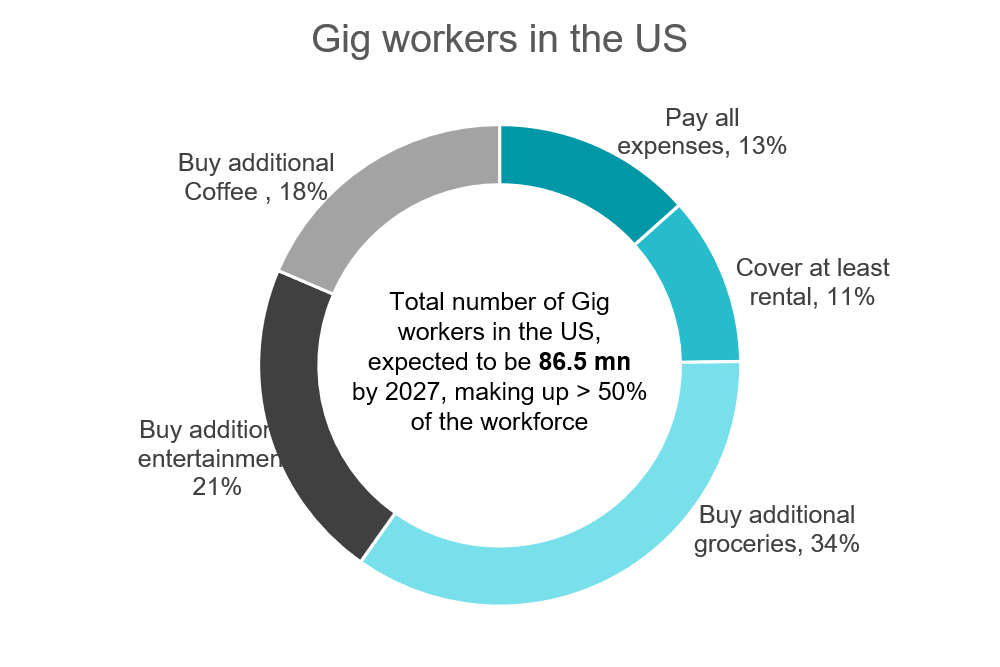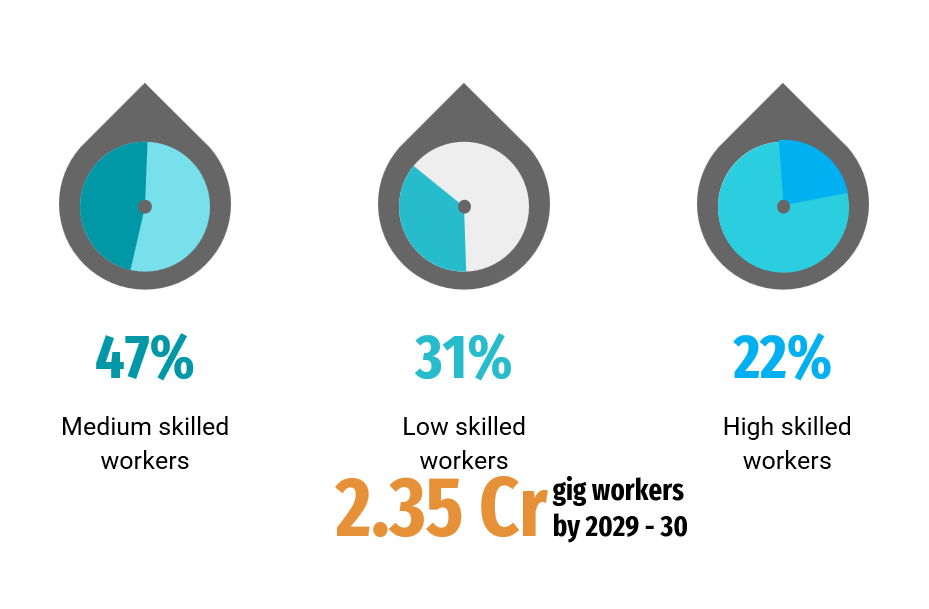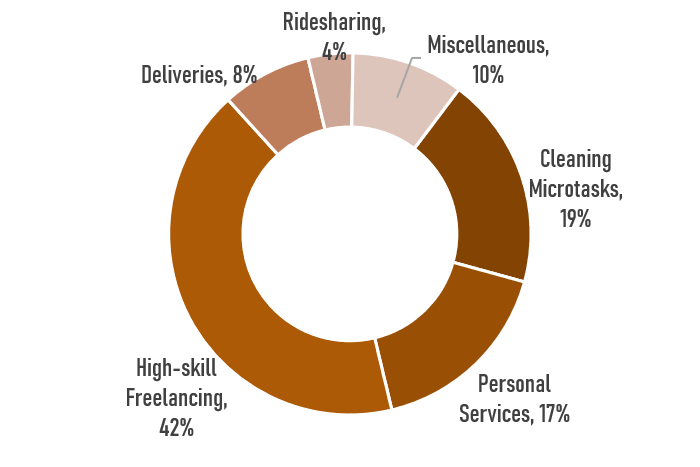The White Collared Gig Economy – I
Gig economy, gig workers, moonlighting, an IT services major firing some 300 people; all suddenly rather topical, isn’t it? Everyone is talking about it and has an opinion. Well, so do we. But, before we get there, let us do a quick snapshot on the genesis and what this Gig working and economy is turning out to be.
The term gig, came up in the early 20th century among Jazz musicians in the US. The term then spread to the rest of the music industry. The US always has had many people doing two jobs (in sequence) to make the ends meet, or even many students flipping the proverbial burger while at school. Gradually, and in recent times, you have seen people (especially in the western hemisphere) doing various types of “gigs”; which could be driving an Uber during their spare time, doing food delivery or even doing cycle based courier deliveries in Manhattan.

Use of the Gig money
Most of these gig workers, in the past have been working the second blue collared jobs, and as data shows, the motivator, clearly has been monetary gains.
Over the last some decades, there has been a significant rise in the number of people who are doing White collared (skilled) jobs as their gigs. Freelance consultants, programmers, sales folk, for example, in the western economies, have been contracting for a while now; thus moving from one project to another, with a different contracting company.

Clearly, the purpose of a contracted type of employment varies among the individuals. Of course, it is for additional money for blue collared workers; but what that money does for them differs from subsistence to increasing discretionary disposable income. And similarly, the perception towards part-time, gig, alternate employment varies among people. For white collared workers, doing gigs provides a level of flexibility and independence.
The Indian Gig Economy
India, however, works somewhat different.

Motivation for gig working varies vastly – from need of additional income, to following the source of seasonal income.
The distinctions between blue and white collared jobs are crisp in certain industries, but quite blurred in others. Unlike in the west, larger percentage of blue collared gig workers use the contract as full time employment. There are few and far between part time Uber or Meru drivers, or part time Swiggy or Dunzo delivery people.
The white collared gig economy is somewhat fragmented. During the rise of the IT industry (early 90s), gig workers were visible, and they also “moonlighted”. Over a period of time this got regularised, and the regular employed workforce became vast. However, some sectors of the industry continued with gig workers e.g. the tech enabled learning / education content creation industry has always used part-time women workers. Similar for many working in digital marketing.
In the recent past, getting quite visible are coaches, and consultants. Some of them step in with serious experience behind them, while many other green behind their ears become “life coaches”.
And now, we are seeing a discernible percentage of people from the organized IT sector starting to pick up part time, or second jobs.
Traditionally Speaking
The contracting and gig working has been a lower percentage, relatively, in the technology and IT services fields. But, “gigs” have always existed in many other areas. For example, India has always had migrant farm labour which moves from region to region depending on the farming cycle. Similarly, a hybrid workforce has always existed in the hospitality industry. Hybrid, because it is a mix of skilled people and blue collared ones. This workforce moves from one tourist zone to the other depending on the tourist season
The Segment Based complications

One important factoid to keep in mind is that larger percentage of gig workers in India are low skilled.
The gig economy is starting to spread into Tier 2, and Tier 3 towns. Naturally, the distribution of skills in the non-metros isn’t the same as in metros.
Further complications exist because it is quite possible that a large part of the low and high skilled segments operate below the radar. Does that imply that our gig economy is already larger than we know?
Part II of this article covers the implications of this Gig economy on the workforce, enterprise culture, how the government is preparing and the shakeup required in the industry.